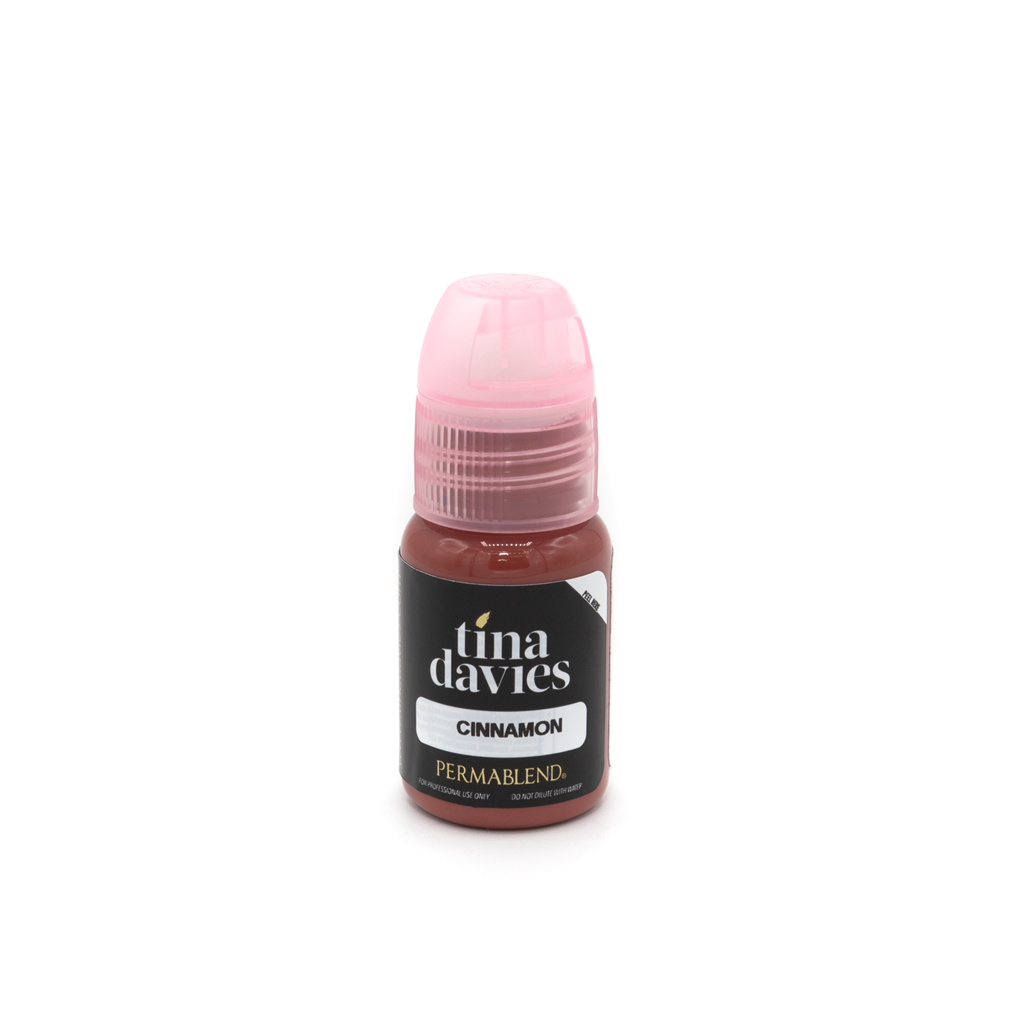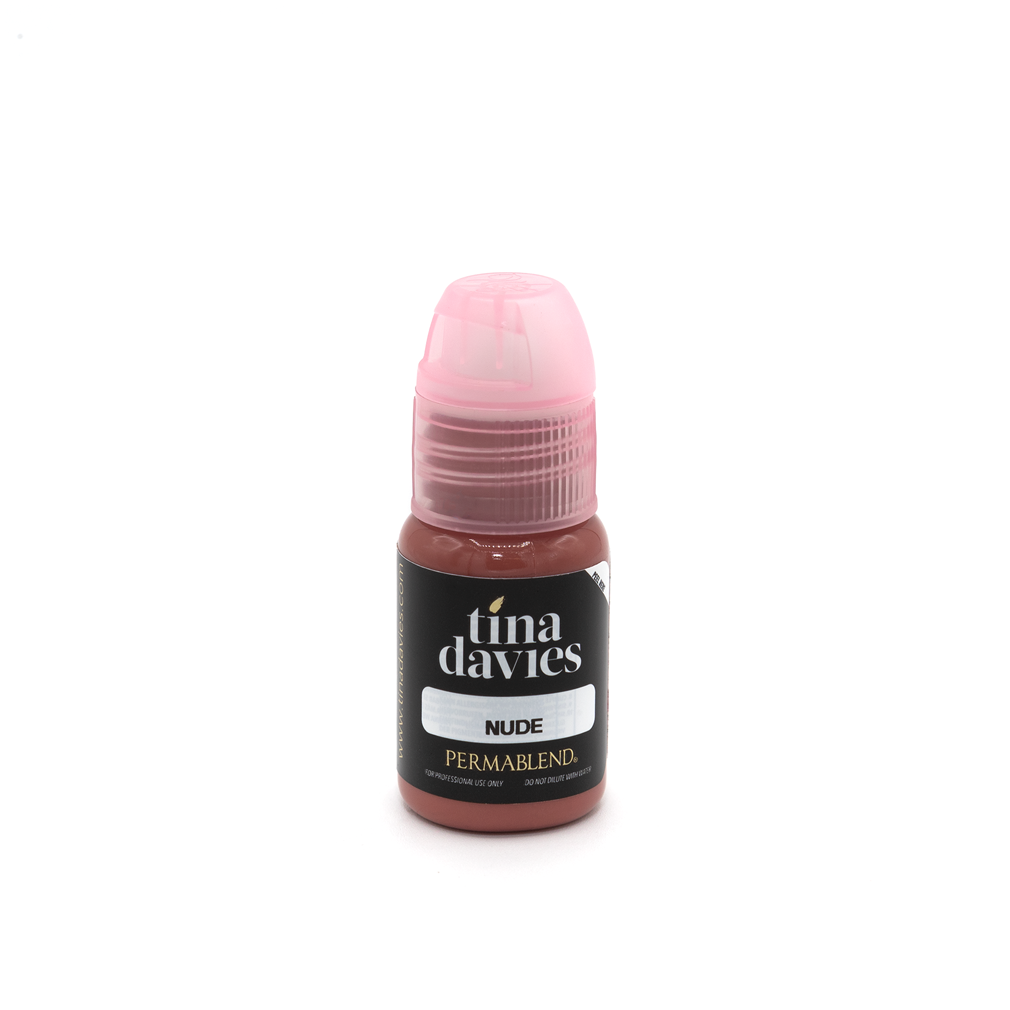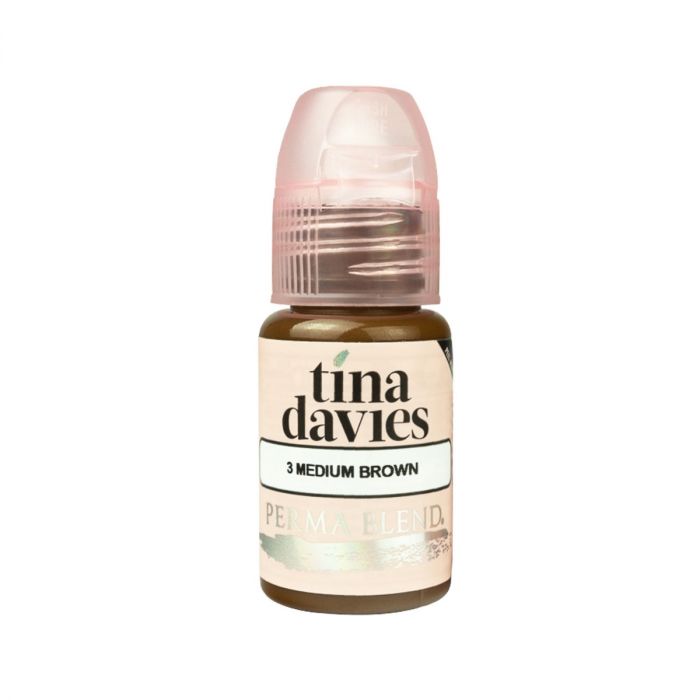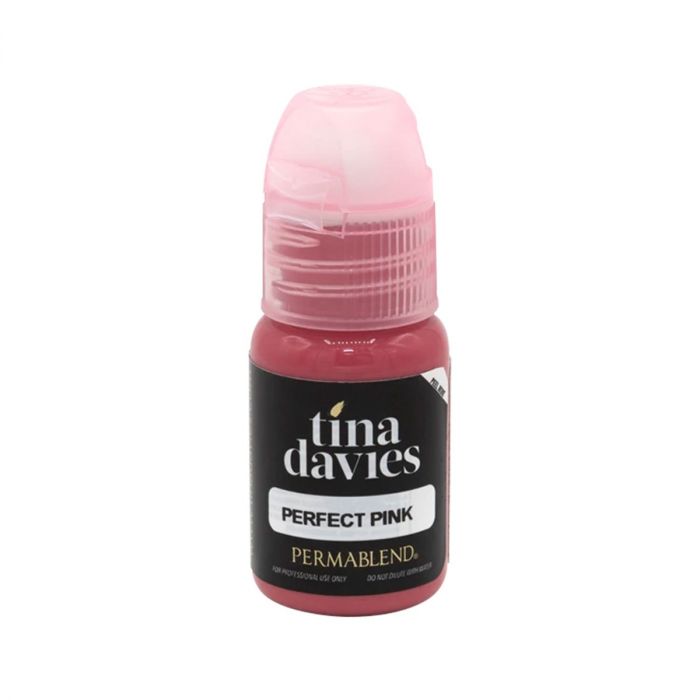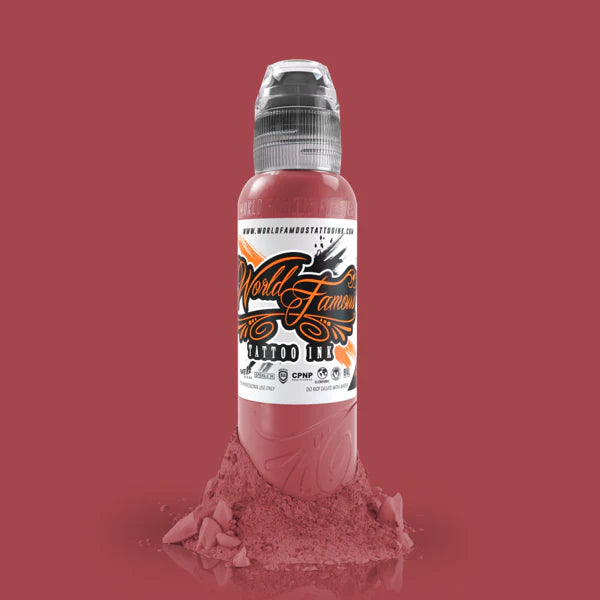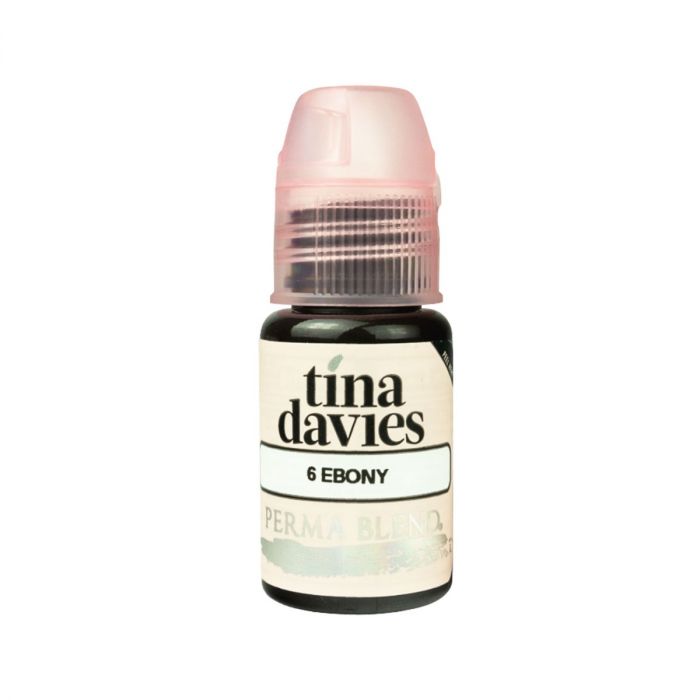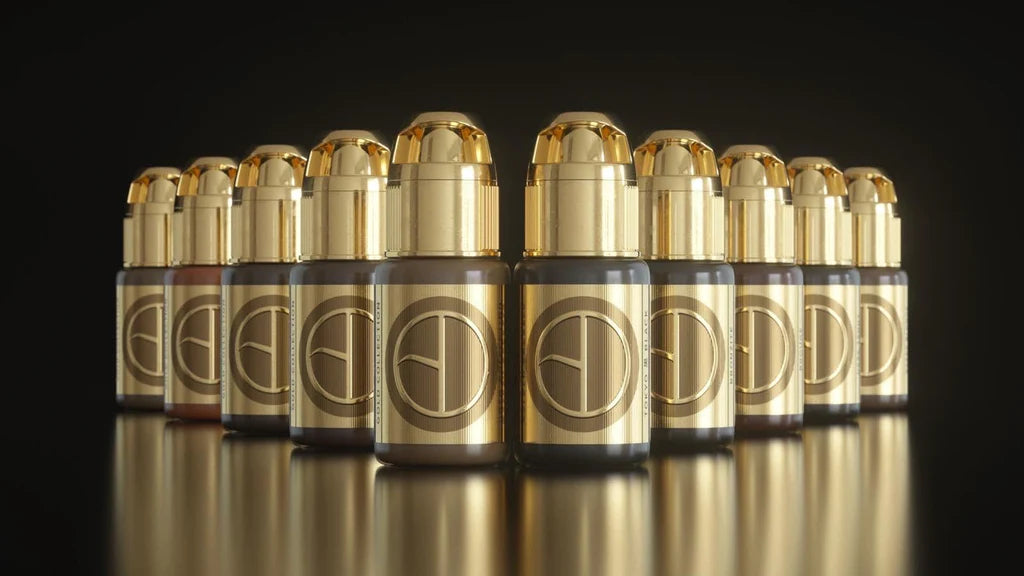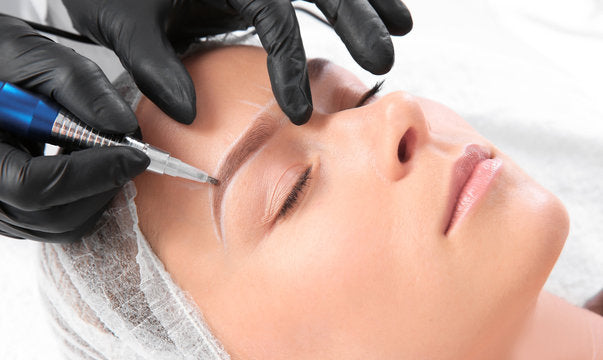How to choose the perfect lip blush pigment
Lip blush is one of the most popular semi-permanent makeup procedures available today. The treatment aims to add long-lasting colour to the lip area, which means the amount of time spent applying lipstick, lipliner and lip-gloss is significantly reduced.
Choosing the right colour for a lip tattoo, however, can feel overwhelming. From reds to pinks, nudes to purples, the options can often feel endless. That is why we have noted our top tips and tricks to achieve perfect results and make the whole process feel a little less daunting. . .
What is Lip Blush?
Before we launch into how to choose the right blush colour for your client, it is important to understand how the procedure works and what sort of results can be achieved.
Lip blushing is a form of semi-permanent makeup (SPMU). It aims to mimic the results achieved by lipsticks, liners, and glosses. However, unlike everyday lip products, lip blush doesn’t wash off at the end of the day but can last for up to eighteen-months!
The procedure itself involves inserting coloured pigment beneath the surface layer of the lip’s skin to mimic several styles; from block lipstick to shape-defining liner, lip tint to aquarelle lips. The lip blush technique can also be used to lighten dark lips to give them a warmer colour, and even camouflage scars.
Do Lip Tattoos Fade?
When choosing the perfect colour for a lip tattoo, it is important to note that the injected pigment will fade and change significantly during the healing process.
Straight after the lip blush procedure, the colour can be up to 50% brighter than what was aimed for. However, during the next two weeks, the colour will gradually fade to reveal more natural-looking results.
At some points during the healing process, the pigment might seem to “disappear”. This is because the lip skin may begin to scab, which can cover the colour beneath. However, as the lips heal, the colour will reappear through the fresh layer of skin.
How Long do Lip Tattoos Last?
Results expected from a lip blush procedure can differ greatly and are affected by several factors. These include lifestyle choices, skin type, aftercare regimes and more. However, on average, lip blush results can last anywhere from one to five years.
How to Choose the Perfect Lip Tattoo Colour
Whether your client is looking to create a bold lip, a natural-looking blush, or hoping to enhance their everyday colour, there is a lip blush shade for everyone.
Below, we have listed a few tips and tricks for settling on the perfect colour.
- Use makeup as a reference.
One of the most effective ways of choosing the perfect lip pigment is using your clients’ pre-existing makeup as a guide. Ask your client to bring in their favourite lipstick shades and compare these with your existing pigments for the best results.
- Consider more natural shades.
Whilst opting for a bold lip colour might seem like a fun idea, it is important to remember that lip blush is long-lasting and doesn’t wash off at the end of the night! Choosing a more natural lip blush is a great starting point as it is both versatile and compliments everyday makeup looks.
- Match lip colour to complexion.
The undertone of your client’s skin complexion – red, yellow, or neutral – can help determine whether you should choose warm or cool-toned shades. Choosing a shade that pairs with their complexion makes the results more subtle and natural-looking.
Pale skin.
Those with paler skin tones should opt for nude lip colours and avoid selecting darker, more burgundy tones as these can look unnatural against a lighter complexion.
Olive skin.
Those with olive skin tones suit warmer lip colours such as coral, amber and reds (with an orange base). Dark colours (including browns, purples, and reds) should be avoided as they can often look stark in comparison.
Pale to olive skin tones.
Complexions between pale and olive skin tones should lean towards brown-based neutral shades or blue-based reds. The best colours for this type of skin include beige, bronze, cool pinks, and reds.
Colours to avoid include mauve, dusty rose, magenta, plum and purple.
Pink skin tones.
If your client’s skin has pinky undertones, you should lean towards peachy tattoo pigments. If they’re looking to achieve a slighter bolder look, orange or dark-red shades are a great option. The main colour to avoid, for pink skin tones, is red inks with cool (blue) undertones.
Darker skin tones.
Those with darker skin tones should opt for coral, orange, or red/orange lip pigments.
It is important to note that those with darker skin types may have to undergo a lip neutralization process before they embark on their lip blush journey.
Dark Lip Neutralization.
For those with darker complexions, the lip skin colour may need to be lightened before a coloured-pigment is applied to the area. This is because pinker tones may not show up on a darker base.
Several sessions may therefore be needed to achieve the desired results. Once the lip undertones have been corrected, and a more neutral base has been achieved, the chosen colour can then be injected as per the usual lip blush procedure.
Read our blog on lip neutralisation to learn more!
In Conclusion
With so many pigments to choose from, choosing the perfect lip blush colour can feel overwhelming!
However, if you follow our tips above and ensure your colour theory is up-to-date, you should feel equipped with enough knowledge to open that initial conversation with your client.
Looking to train as a lip blush technician?
Are you a lip blush artist looking to upskill and perfect your technique? We work with some of the UK’s leading lip blush technicians to deliver the highest-quality training for semi-permanent makeup procedures. Get in contact to find out more.
Looking to build your lip blush toolkit?
At Cosmedic Supplies, we sell everything you need to start building your lip blush toolkit. From ink pigments to needles, machines to pre-draw pencils, visit our shop today to find out more.

